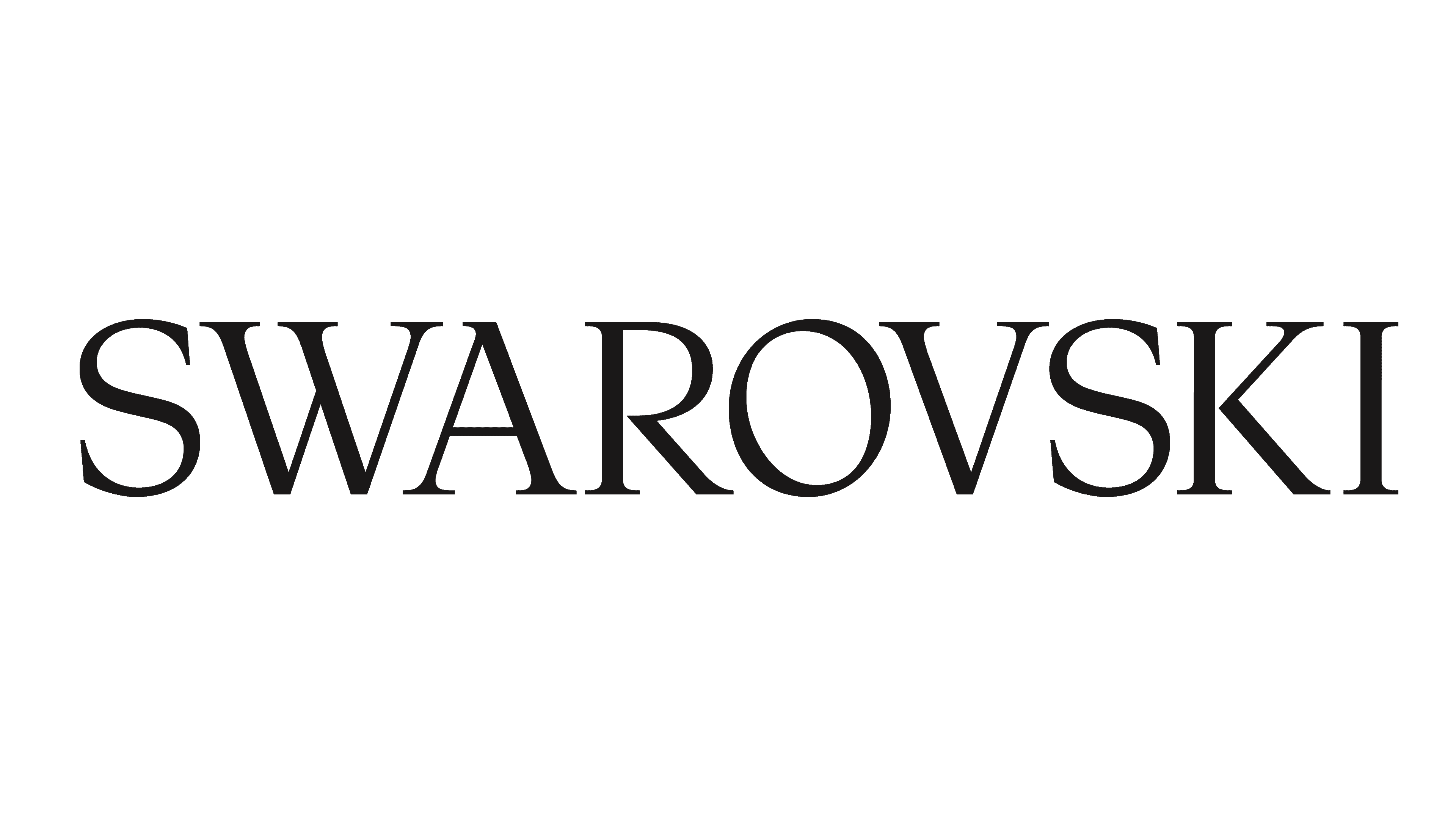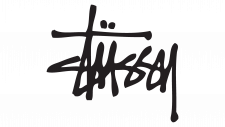Swarovski Logo
Swarovski is a renowned Austrian producer of crystal headquartered in Wattens, Austria. The company was founded in 1895 by Daniel Swarovski. It specializes in the creation of precision-cut crystal glass and related products such as jewelry, accessories, and lighting. Swarovski operates globally, with a presence in over 170 countries and an extensive retail network of boutiques and partner outlets. This global reach underscores its status as a leader in crystal craftsmanship and design.
Meaning and history
Swarovski, a name synonymous with luxury crystal, has a rich history that began in 1895 in Austria. Founded by Daniel Swarovski, a visionary craftsman from Bohemia, the company initially focused on crystal cutting innovations. Swarovski’s breakthrough came with his invention of an electric cutting machine that enhanced crystal’s precision and brilliance, revolutionizing the industry.
As the 20th century progressed, Swarovski expanded beyond simple crystal cutting. During the 1920s and 1930s, the company began producing decorative crystal stones for jewelry, fostering collaborations with haute couture designers. This period marked Swarovski’s entry into the fashion world, laying a foundation for future partnerships with luxury brands.
Post World War II, Swarovski diversified, exploring new markets and applications. In the 1950s, they introduced the “Aurora Borealis” effect, a shimmering finish that enhanced the crystal’s appeal, developed in collaboration with Christian Dior. This innovation elevated the brand’s prestige in the fashion industry.
The late 20th century saw Swarovski expand its product range to include crystal figurines, home decor, and optical instruments. This diversification was not just in products but also in global reach, as the company established a strong international presence.
Throughout its history, Swarovski has remained a family-owned enterprise, with the Swarovski family continuing to hold a significant stake in the company. Leadership transitions within the family have ensured that the brand’s legacy of innovation and luxury remains intact.
Entering the 21st century, Swarovski has embraced sustainability and technology, integrating these into its production and design. The company’s commitment to innovation, quality, and design excellence continues to make it a leader in the luxury crystal market, with its products symbolizing elegance and sophistication worldwide.
What is Swarovski ?
Swarovski is an Austrian company renowned for its precision-cut crystal glass. It epitomizes luxury in crystal craftsmanship. Swarovski’s products range from jewelry and accessories to home decor, showcasing a blend of innovation, tradition, and design excellence.
1895 – 1988
The logo is a classic and elegant representation of the Swarovski brand. It features a stylized flower with eight rounded petals, each symmetrically arranged around a central circle that contains a faceted crystal pattern, evoking the precise cut and clarity that Swarovski is known for. The use of black and white gives the logo a timeless quality, while the typography beneath the image is traditional, with serifs that suggest sophistication and heritage. The French phrase “Pierres Taillées du Tyrol,” which translates to “Cut Stones from Tyrol,” hints at the company’s origins and its craft of stone cutting. The company name, “D. Swarovski & Co.,” along with the mention of “Wattens, Austria,” anchors the logo in its geographical and historical context, proudly declaring its provenance. Overall, the logo conveys a sense of heritage, precision, and luxury that is synonymous with the Swarovski brand.
1988 – 2016
This contemporary Swarovski logo showcases a graceful swan in profile, an embodiment of elegance and purity. The swan’s body smoothly transitions into a spray of sparkling dots, resembling crystals scattering light. The bold, sans-serif typeface of the brand name “SWAROVSKI” anchors the logo with a modern touch. In contrast to the earlier logo, which featured a flower and ornate script reminiscent of the company’s heritage, this design leans towards minimalism and contemporary aesthetics. The swan motif marks a departure from the more traditional symbolism, aligning the brand with an image of refinement and artistic flair while maintaining the company’s synonymous relationship with high-quality crystal.
2016 – 2021
This Swarovski logo displays a swan silhouette with a poised neck and an intricate pattern of dots creating the body, representing the company’s expertise in crystal cutting. The logo’s font is sleek and modern, with a strong presence. Compared to the previous version, this logo adopts a more abstract and minimalist approach, with a reduced number of dots creating a gradient effect. It suggests sophistication and is a nod to Swarovski’s mastery of light and sparkle. The transition from the denser to lighter dots could also symbolize the transition of the company through time — from tradition to a modern era.
2021 – Today
This version of the Swarovski logo is a study in minimalism, featuring only the brand’s name in a bold, sans-serif typeface. Unlike the previous iterations with the swan imagery, this design strips away any graphical elements, focusing solely on the text. The uniformity of the letters and the absence of embellishments evoke a modern, clean aesthetic. This stark simplicity marks a departure from the detailed swan logos, presenting Swarovski’s identity in its most reduced and perhaps most versatile form.















